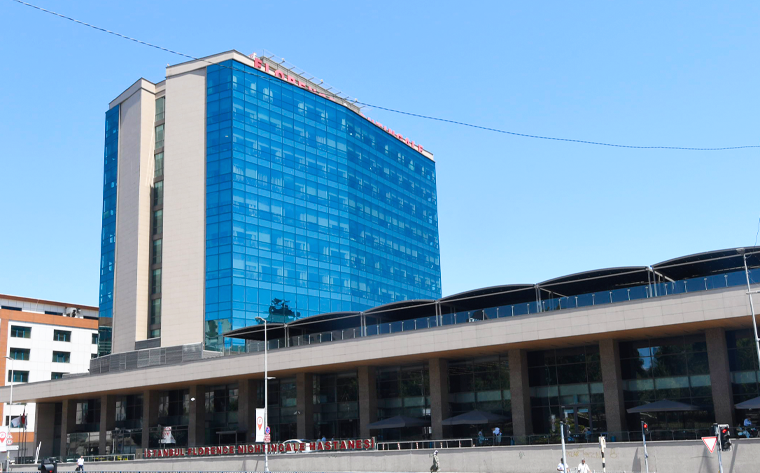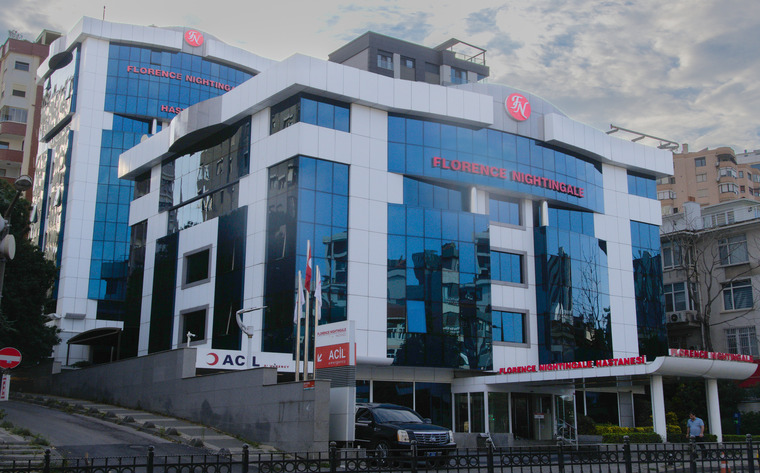
What is Fully Endoscopic Disc Surgery and How is it Performed?
Full endoscopic disc surgery is a minimally invasive method used to treat spinal disorders such as herniated discs and spinal canal stenosis. This surgical technique allows the damaged disc between the vertebrae to be removed or corrected with small incisions and an endoscope. In a herniated disc, pain and loss of sensation occur in the legs as a result of the pressure of the disc material on the nerves. In spinal canal stenosis, the narrowing of the spinal canal causes the nerves to be compressed. Full endoscopic disc surgery offers a safe and effective treatment option to relieve the symptoms of such disorders.
What is Fully Endoscopic Disc Surgery?
Full endoscopic disc surgery is a modern method used to treat spinal problems such as herniated discs and spinal canal stenosis. This technique is minimally invasive and, unlike classical surgical methods, is performed by entering from the side of the waist, not from the midline, but 15-20 cm.
In the transforaminal method, the position of the surgical instruments is constantly controlled with a C-arm scopy device during the surgery and the disc is reached from the area where the nerve roots exit. In this way, bone, muscle and connective tissue are not damaged and spinal stabilization is maintained. However, this method may have some anatomical limitations and in these cases the interlaminar endoscopic technique is preferred.
In the interlaminar method, the patient lies face down on the operating table and the space between the vertebrae is increased by bending the waist. The working cannula is directed to the target by entering through a small 5-10 mm incision and the herniated disc is removed. Thanks to the use of a high-resolution camera and lighting, the disc and nerve roots are visualized in detail and the herniation procedure is completed by protecting the nerve root.
Is Fully Endoscopic Disc Surgery Different From Traditional Herniated Disc Surgery?
Yes, full endoscopic disc surgery is quite different from traditional herniated disc surgery. While traditional methods require a large incision, full endoscopic surgery requires only a small incision. This minimizes tissue damage and speeds up the healing process. Additionally, endoscopic surgery carries less blood loss and infection risk.
In Which Lumbar Disc Herniation Cases Is Fully Endoscopic Disc Surgery Preferred?
Full endoscopic disc surgery is preferred, especially in cases of mild to moderate herniated discs. Additionally, this method is ideal for certain types of disc herniations and nerve root compression. However, since each patient's condition is different, it is important for the surgeon to evaluate and determine suitability.
Is Fully Endoscopic Disc Surgery Safe?
Yes, full endoscopic disc surgery is generally considered a safe procedure. Since it is a minimally invasive procedure, there is a lower risk of infection, bleeding, and tissue damage. However, as with any surgical procedure, there are risks involved, and these risks should be explained to the patient in detail by the surgeon.
Is Fully Endoscopic Disc Surgery Less Painful?
Yes, fully endoscopic disc surgery is generally less painful. Because of the small incisions and minimal tissue damage, patients usually experience less postoperative pain. This allows patients to return to their normal lives more quickly.
Does Fully Endoscopic Disc Surgery Shorten Recovery Time?
Yes, fully endoscopic disc surgery has the potential to shorten the recovery process. Minimally invasive techniques allow for faster tissue healing and patients are generally able to move around sooner after surgery.
How is Fully Endoscopic Disc Surgery Performed?
Full endoscopic disc surgery is performed in an operating room setting with the patient in a prone position. The surgeon makes a small incision and guides the endoscope and surgical instruments into the disc area. The endoscope provides visualization of the surgical site, and the surgeon removes or corrects the damaged disc.
How Long Does Fully Endoscopic Disc Surgery Take?
Full endoscopic disc surgery usually takes 1-2 hours, but this time can vary depending on the patient's condition and the surgeon's experience.
Is Fully Endoscopic Disc Surgery Performed Under General Anesthesia?
Yes, full endoscopic disc surgery is usually performed under general anesthesia. This allows the patient to sleep and not feel any pain during the surgery. In some cases, local anesthesia may also be preferred.
Is Hospitalization Required After Total Endoscopic Disc Surgery?
Total endoscopic disc surgery usually requires a short hospital stay, but most patients can be discharged the same day or the next day.
What Should Be Considered After Fully Endoscopic Disc Surgery?
In the post-operative period, it is important for patients to follow the instructions given by their doctors. Heavy lifting and sudden movements should be avoided, the surgical area should be kept clean, and regular check-ups should be attended by the doctor.
Is Physical Therapy Necessary After Total Endoscopic Disc Surgery?
Yes, physical therapy is often recommended after total endoscopic disc surgery. Physical therapy can help patients get stronger and return to their normal activities. Your doctor will recommend a physical therapy program specific to you.


